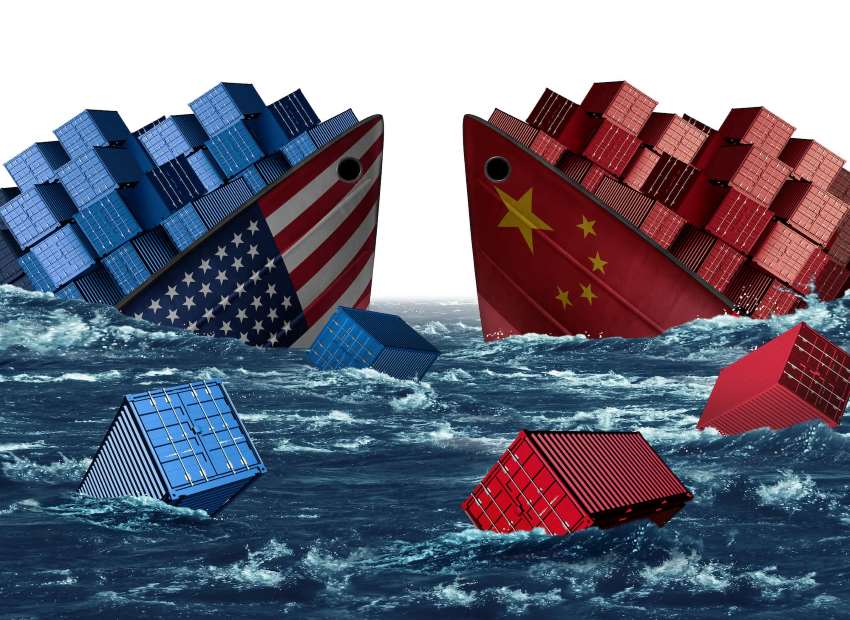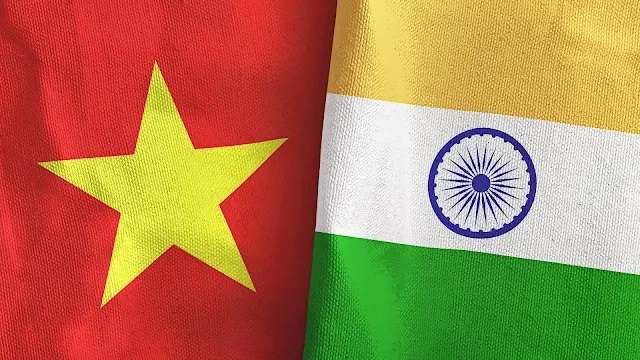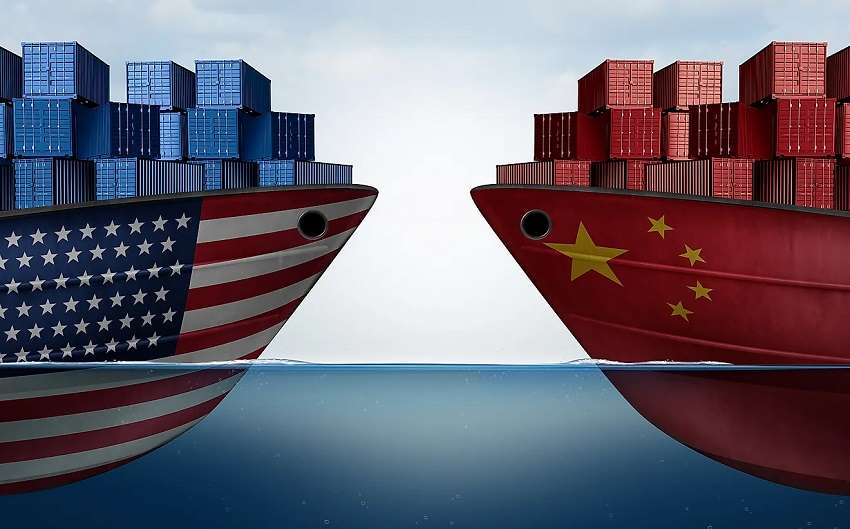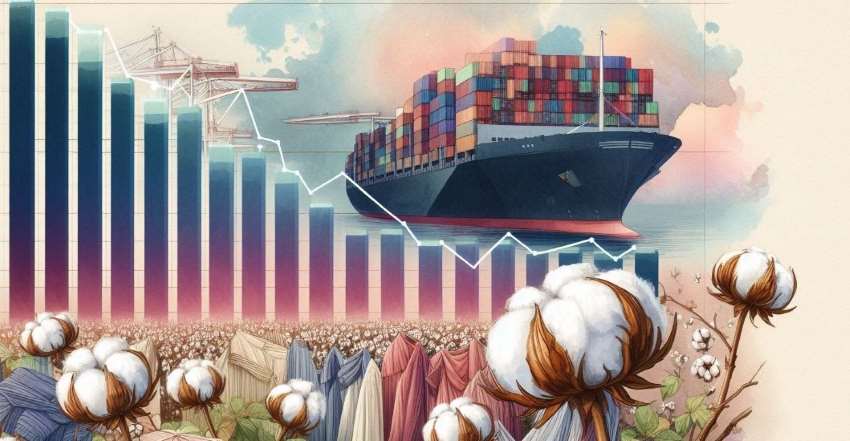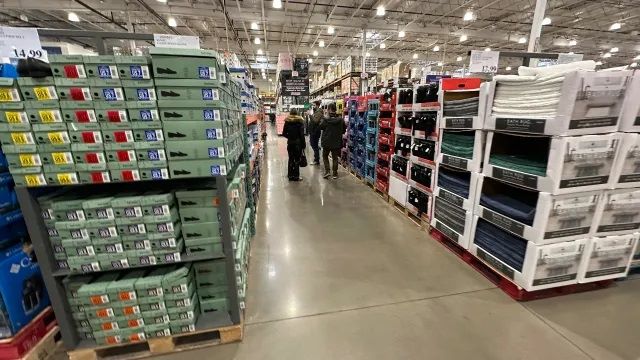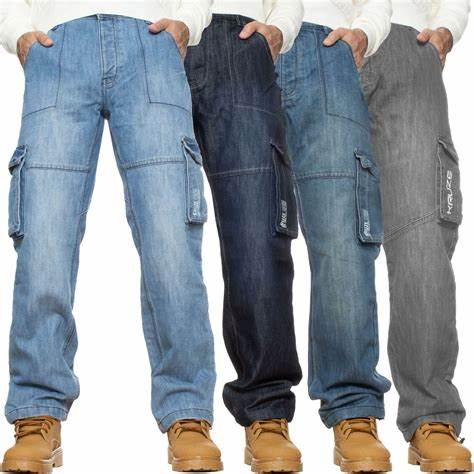"An estimated $48 million in duties are levied on US exports of textiles and apparel products in TPP markets including Australia, Brunei, Canada, Chile, Japan, Malaysia, Mexico, New Zealand, Peru, Singapore and Vietnam, every year and $835 million were levied in new TPP markets such as Brunei, Japan, Malaysia, New Zealand, and Vietnam in 2014. Certain textiles and apparel exports face tariffs as high as 34 per cent in new TPP markets however, the report indicates that the US would be able to report duty savings in year one under TPP and savings from the new TPP markets may be as high as $932 million."
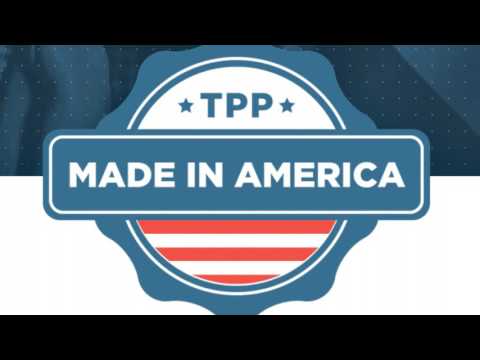
A factsheet released by the US Department of Commerce reveals, the Trans-Pacific Partnership (TPP) will create exciting export opportunities for the US textile and apparel industry. The report highlights Vietnam and Japan as the two promising markets in TPP for certain textile and apparel products ‘Made in USA’.
New opportunities open up
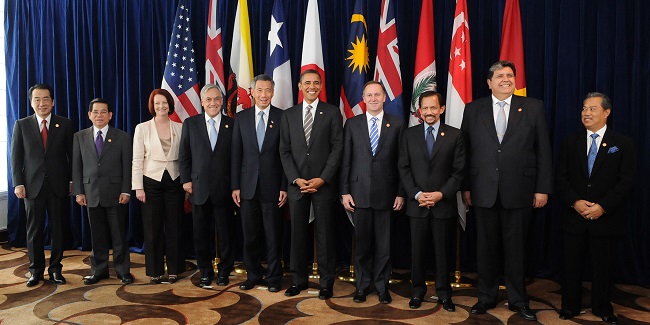
Products from the US textiles and apparel sector include man-made fibres, yarn, knit and woven fabric, non-wovens, industrial and advanced textile materials, knit and woven apparel, carpets and rugs, and home furnishing products. The report states that Japan will eliminate import taxes on 99.2 per cent of US textiles and apparel exports immediately and Vietnam will eliminate import taxes on 98.4 per cent and 100 per cent within four years. Malaysia too will eliminate import taxes on 79.2 per cent and New Zealand – 50 per cent immediately with the latter increasing the limit to 100 per cent in seven years, on US textiles and apparel exports.
An estimated $48 million in duties are levied on US exports of textiles and apparel products in TPP markets including Australia, Brunei, Canada, Chile, Japan, Malaysia, Mexico, New Zealand, Peru, Singapore and Vietnam, every year and $835 million were levied in new TPP markets such as Brunei, Japan, Malaysia, New Zealand, and Vietnam in 2014. Certain textiles and apparel exports face tariffs as high as 34 per cent in new TPP markets however, the report indicates that the US would be able to report duty savings in year one under TPP and savings from the new TPP markets may be as high as $932 million.
Opportunities for select textile products
The United States is a globally competitive manufacturer of textiles. Textile industry workers are highly skilled and the industry is technologically advanced, with investments of $1.6 billion in total capital expenditures in 2013. In recent years, US textile companies have focused on retooling their businesses, finding more effective work processes, and investing in niche products and markets.
In 2014, the United States exported $394 million worth cotton fibre, yarn, and woven fabric to Vietnam, making the United States the second largest supplier of such products to Vietnam, behind China. US exporters hold 16 per cent of the Vietnamese market for these goods even though they face tariffs of up to 12 per cent. Under TPP, Vietnam will eliminate these tariffs immediately, giving US cotton textile manufacturers an opportunity to increase their already significant exports to the Vietnamese market.
Since 2009, US exports of synthetic fibres, yarns, and fabrics to Japan have grown by 61 per cent, and last year US manufacturers exported $91 million of these products to Japan. However, US exporters face tariffs on their goods ranging from 2.7 per cent to 10 per cent. However, under TPP, these tariffs will be eliminated immediately, further opening the Japanese market to US synthetic textile manufacturers.
In 2014, the United States exported $91 million of industrial and advanced textile fabrics to Japan, where the United States is the fourth largest supplier of these fabrics, behind only China, South Korea, and Taiwan. Similarly, in 2014, the United States exported $27.7 million of industrial and advanced textile fabrics to Malaysia, where the United States is the second largest supplier of these fabrics, behind only China. US exports currently face tariffs of up to 8.2 per cent in Japan and 20 per cent in Malaysia and under TPP, nearly all these tariffs will be eliminated immediately further benefiting the US exports.
Japan, Vietnam open-up opportunities
Vietnam has a vibrant and rapidly expanding textile industry. The Vietnamese market offers tremendous opportunity for all types of US textile businesses and workers, including producers of nonwoven fabrics used, for example, in filtration, surgical gowns, and protective apparel. Exports of non-woven fabric to Vietnam are an especially promising opportunity for US manufacturers. US exports of non-woven fabric to Vietnam grew an impressive 951 per cent from 2009 to 2014, to $23 million. The United States will continue to see export growth in this sector. Under TPP, Vietnam will eliminate its tariffs on non-wovens, which average 12 per cent, immediately.
The ‘Made in USA’ label has great appeal in the Japanese market. One segment with significant potential for US-made product is men’s and boys’ trousers and knit shirts. Japan is the fifth largest market for the United States in these product areas, behind Canada, Mexico, Honduras, and the United Kingdom. US exports of men’s and boys’ trousers and knit shirts totalled $32.6 million in 2014, an increase of 30.9 per cent from 2009. Under TPP, Japan will eliminate its tariffs on these products, which average 9.8 per cent, immediately. Since Japan is a fashion leader across Asia, success in Japan can significantly raise a brand’s visibility in other Asian markets.
One of the most important trends in the domestic textile industry is the growing role of industrial and advanced textiles, which are manufactured primarily for their technical performance and functional properties, rather than their aesthetic or decorative characteristics. Industrial and advanced textiles are used in the aerospace, industrial, marine, medical, military, public safety, and transportation fields. The global industrial and advanced textile industry has seen rapid growth in the past few decades, and Japan has become a prime location for the consumption of industrial and advanced textiles. US exports of industrial and advanced textile materials to Japan totalled $90.6 million in 2014, an increase of over 100 per cent from 2009. Under TPP, Japan will eliminate its tariffs on these products, which average 4.2 per cent.
Benefits for domestic manufacturers
The most sensitive products to domestic industry, such as sweaters, shirts, trousers, and industrial textiles, will be subject to lower up-front tariff cuts and longer tariff phase-out periods than other textile products, reflecting careful consideration of US domestic interests and helping to preserve commercial relationships with Western Hemisphere trading partners.
The “yarn-forward” rule will promote the use of fibres, yarns, and fabrics made in the United States and other TPP countries, ensure that domestic manufacturers have an opportunity to develop new business in the region, and incentivize foreign direct investment in regional textile manufacturing.
TPP includes a special textile safeguard mechanism which will provide for temporary re-application of tariffs if imports under the agreement are shown to be causing or threatening to cause serious damage to domestic industry. The report points out that significant cuts or duty-free treatment on all apparel tariffs, which can be as high as 32 per cent, on day one of the agreement will provide meaningful opportunities for brands and retailers to realise millions of dollars in cost savings. The TPP will give brands and retailers flexibility to source inputs from outside the TPP countries if they are not commercially available from TPP suppliers.
www.trade.gov

